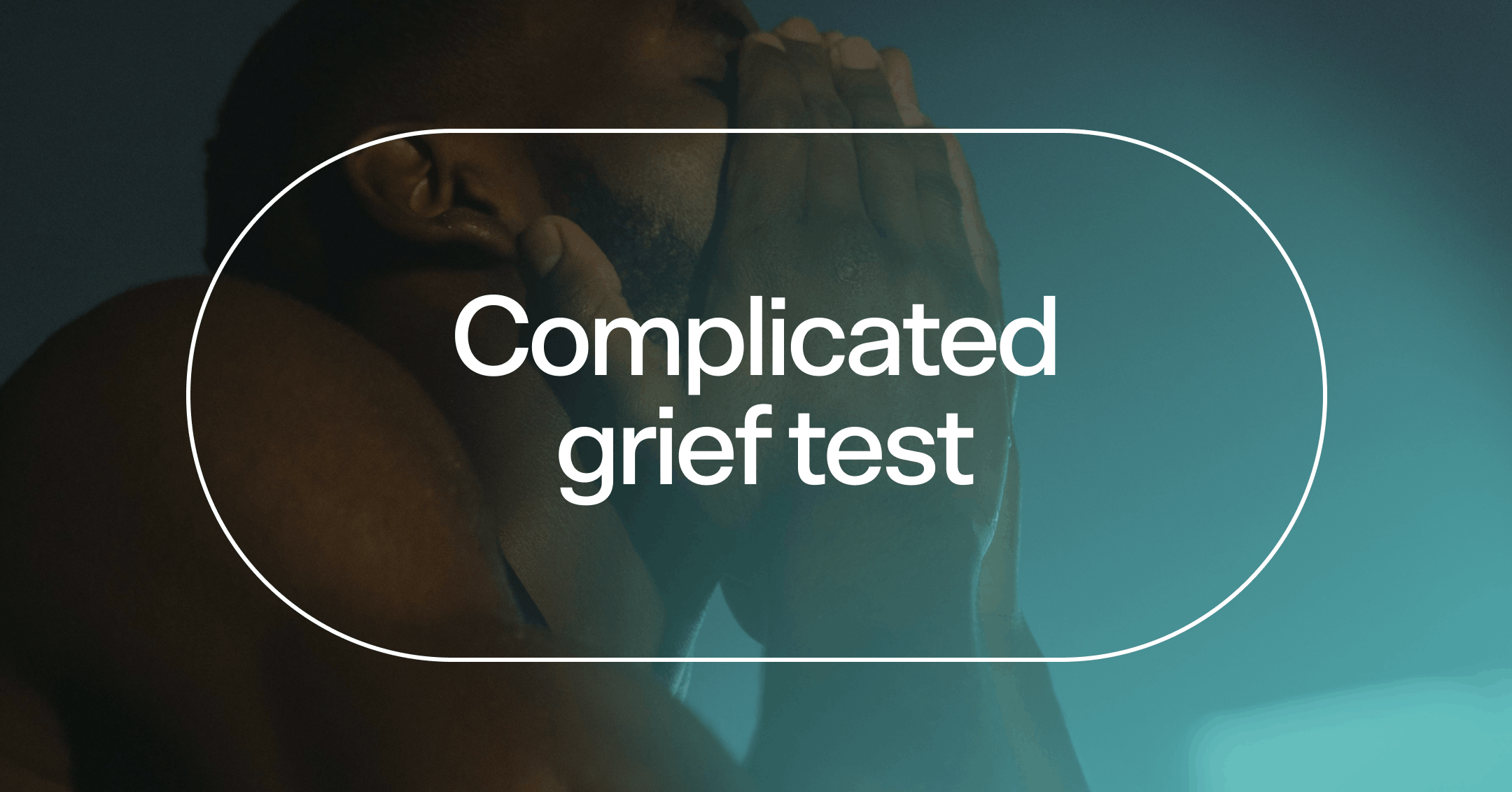Unlike sex, which is largely dictated by biology, gender is a social construct. Many diverse gender identities exist outside of the male/female binary.
While not a replacement for a professional evaluation, a gender identity test can provide a helpful framework to better understand yourself.
If you’re interested in exploring your gender identity, talking to a mental health professional can help. LGBTQ+-affirming therapists can provide safe, inclusive support.
Gender is a social construct that influences how people understand and express themselves. It exists on a spectrum and is heavily shaped by outside influences. For example, in many cultures, there are gendered norms about clothing like, “Men wear pants,” and, “Women wear skirts.” But there’s absolutely no biological basis for these expectations. Rather, what you choose to wear can be a personal expression of gender or any other aspect of your identity.
For some people, their gender identity matches the identity they were assigned at birth. This means that the way they understand themselves and move through the world aligns with their culture’s norms for their birth gender. But this isn’t true for everyone. So if you’ve ever felt uncomfortable or unsure about your gender, know that you’re not alone. A gender identity test like the one below can be a helpful tool for self-exploration.
Take the gender identity quiz
The following quiz was made for anyone who’s curious and questioning their gender identity. This includes people who are experiencing gender dysphoria or distress about their gender. But it can be useful for anyone who wants to explore their relationship with gender.
As you review the questions, know that there are no right or wrong answers. It’s OK to answer “sometimes” as often as you need to.
We also want to acknowledge that the terminology around gender identity can be a little confusing. These terms often evolve, and sometimes it can be hard to decide which one(s) fit you best.
While this quiz can provide a road map for exploration, it’s not designed to be prescriptive. A person can identify as cisgender, nonbinary, gender queer, gender fluid, transgender, agender, and many other expressions. People can also align with more than one gender identity at a time.
So, before we dive into the quiz, here’s a quick primer on what some of those terms mean:
Cisgender (“cis”): This term is used when a person’s gender identity and expression align with the one they were assigned at birth.
Nonbinary: This is an umbrella term for any gender that exists outside of the male/female/man/woman binary.
Gender queer: Sometimes used interchangeably with nonbinary, this term is used to describe a gender or combination of genders outside of the male/female/man/woman binary.
Gender fluid: This term is used to describe gender expressions and/or identities that shift or evolve over time.
Transgender (“trans”): People who identify as transgender have a gender expression and/or identity that doesn’t align with the one they were assigned at birth.
Agender: Also known as “gender free”, this term is used by people who don’t align with any specific gender or who experience a lack of gender altogether.
Consider the following questions:
I feel comfortable when others refer to me using the gender I was assigned at birth.
True
False
Sometimes
I have never questioned whether the gender assigned to me at birth fully reflects who I am.
True
False
Sometimes
I feel a strong internal sense of being the gender I was assigned at birth.
True
False
Sometimes
If others saw my gender based on how I feel inside, it would look the same as how people currently perceive me.
True
False
Sometimes
I enjoy expressing myself in ways traditionally associated with my expected gender.
True
False
Sometimes
I’ve never considered changing my name, pronouns, clothing, or presentation to better reflect who I am.
True
False
Sometimes
I feel discomfort when people misgender me or assume I’m a gender that doesn’t feel right.
True
False
Sometimes
My experience of gender has stayed the same throughout my life.
True
False
Sometimes
I’ve never wanted to experience different gender roles, expectations, and expressions.
True
False
Sometimes
I’ve never used or considered using terms like nonbinary, agender, trans, or genderqueer to describe myself.
True
False
Sometimes
Quiz content written by Lolly Coleman, MS, LMFT.
The care you need, when you need it
Learn how Rula can support your mental health journey
Interpreting your results
If you answered mostly “true,” you may be cisgender. If you answered mostly “false,” you may be nonbinary, gender queer, gender fluid, transgender, or agender. If your answers were mostly “sometimes” or were a mix of both true and false, none of these labels might apply to you.
How this gender identity test works
Therapists use a variety of research-backed tools and scales to support people in examining their gender identity. This clinician-created quiz was inspired by formal assessments. But it isn’t as reliable as a professional evaluation, and your results shouldn’t be considered a definitive label or diagnosis.
Once you get your results, remember that you always get to decide the language you use to describe yourself and your experiences. If you come across a term or concept in this quiz that doesn’t feel right to you, feel free to leave it behind. Please keep in mind that you’re the expert on yourself, and this quiz isn’t meant to replace professional help.
Ways to further explore your gender identity
Taking this quiz can be a great step in exploring your gender identity. Once you complete it, sit with your responses and see how you feel. Do your results reflect how you see yourself? Why or why not?
From there, some other questions you can ask yourself to deepen your understanding of your gender identity include:
When you think about your birth gender, what feelings come up for you?
If you could be perceived as any gender without having to worry about what others think, what would that be?
How would you prefer to express your gender? Are there ways you can safely experiment with that expression now?
Which pronouns do you prefer?
Imagine yourself 10 years from now. What gender are you? What does life look like?
Questioning your gender is a thoughtful and valid process of self-reflection. Taking the time to explore your identity means you’re listening to yourself with honesty and care.

Ashley Ayala, LMFT
Clinical reviewer
Find care with Rula
Gender is a complex social construct. But it’s also an important part of identity that’s worth examining and celebrating. If you’re unsure about any aspect of your gender identity or expression, the gender identity test in this article can help as you begin to explore.
Remember, questioning your gender doesn’t mean that you have a mental health condition. But sometimes it can be helpful to have support from an LGBTQ+-affirming therapist as you navigate this process.
At Rula, we’re committed to delivering a comprehensive behavioral health experience that helps people feel seen and understood so they can get back to feeling their best.
Rula makes it easier to find a licensed therapist or psychiatric provider who accepts your insurance so you don’t have to choose between affordable care and excellent care. With a diverse network of more than 15,000 providers, 24/7 crisis support, and appointments available as soon as tomorrow, we’re here to help you make progress — wherever you are on your mental health journey.
Rula's editorial process
Rula's editorial team is on a mission to make science-backed mental health insights accessible and practical for every person seeking to better understand or improve mental wellness.
Members of Rula’s clinical leadership team and other expert providers contribute to all published content, offering guidance on themes and insights based on their firsthand experience in the field. Every piece of content is thoroughly reviewed by a clinician before publishing.




